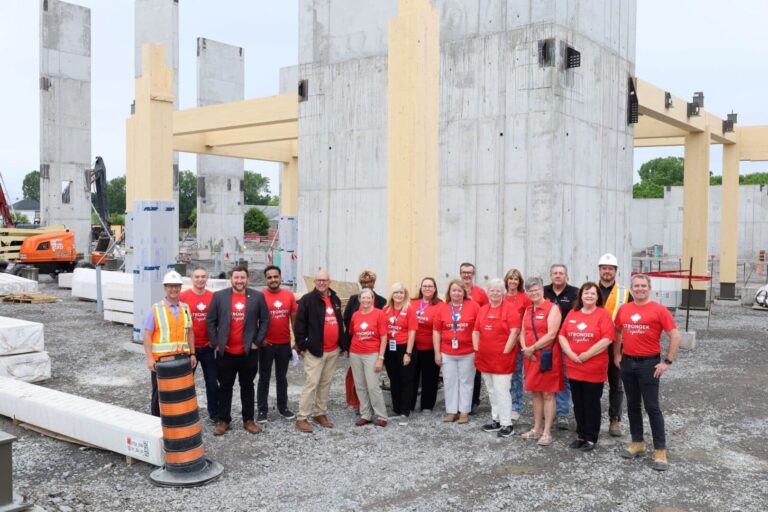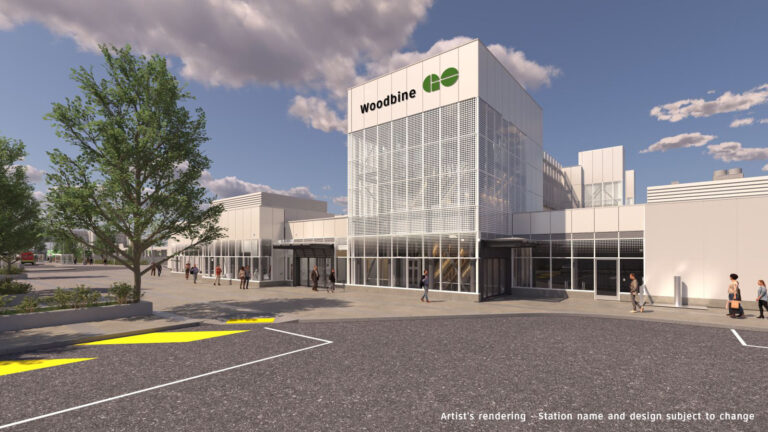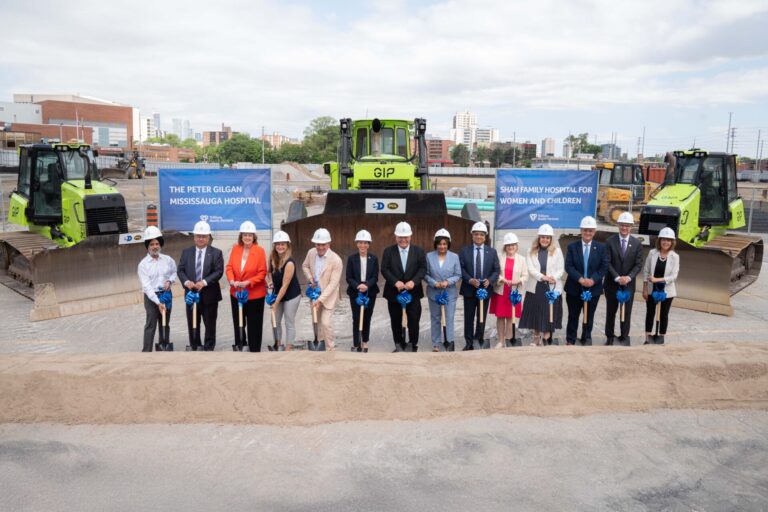Natural Resources Canada and the Federation of Canadian Municipalities (FCM) announced a $1.2-million investment through FCM’s Green Municipal Fund (GMF) to help reduce greenhouse gas (GHG) emissions in five communities in Southwestern Ontario and a $4.5-million investment improve the quality of water and wastewater treatment and the flow of traffic in the region of Waterloo.
“Local governments influence half of the country’s greenhouse gas emissions,” said FCM’s president Joanne Vanderheyden. “That means local action is critical. With support from the Green Municipal Fund, this is happening: municipalities of all sizes are implementing smart low-carbon solutions. Empowering this local expertise is vital to meeting Canada’s climate goals. When orders of government work together to reduce emissions, we’re building more resilient communities.”
“Through the Green Municipal Fund, we’re supporting municipalities in their efforts to lower emissions through projects like energy-efficient retrofits, electric and hybrid electric transit pilots and efficiencies in wastewater treatment,” added Minister of Infrastructure and Communities, Catherine McKenna.
The Municipality of Brockton is upgrading its aging wastewater treatment facility. For this project, the municipality will receive a $598,000 investment to replace the existing chlorination system with a chemical-free, ultraviolet-light disinfection system, reducing residual chlorine and lower operating and maintenance costs.
The City of Guelph will receive $174,550 to study the feasibility of building a net-zero-energy library as part of the innovative zero-carbon Baker District, as well as an additional $175,000 for a study that will support its work with Wellington County on reducing food waste.
Bruce County will receive $148,750 to complete a study on the technical and financial requirements associated with using the surplus electricity it generates to produce and store hydrogen in the region. The study will explore the possibilities of this emerging sector for not only the region’s economy but also eventually the province’s and the country’s.
The Township of Georgian Bluffs will receive $71,800 to assess opportunities to retrofit and upgrade an anaerobic digester at the Derby Wastewater Treatment Plant. The project aims to increase onsite renewable energy generation, divert waste from landfill and produce soil fertilizer. This will both improve the overall performance of the facility and decrease its operating costs.
In addition, the Township of Warwick will receive $23,300 to investigate energy-efficiency and low-carbon measures for incorporation into the design of a net-zero multi-use community centre.
The Regional Municipality of Waterloo will receive $1.9 million to upgrade its Hespeler wastewater treatment plant with a membrane-aerated bioreactor to reduce operational costs, support future growth in the municipality, improve water quality, reduce energy consumption and cut down on treatment waste.

“Water runoff flowing into stormwater ponds today has the potential to become part of our drinking water resources in the ground and the Grand River tomorrow,” said Waterloo Mayor Dave Jaworsky. “Clean, safe drinking water starts with protecting those water sources. This testing will give us an idea of how effective our stormwater ponds are in helping to manage salt contamination and the potential to improve that performance in at-risk areas. Water flows across community boundaries, and we all have a role to play as stewards for this important resource.”
In addition, the Regional Municipality of Waterloo will receive $2.4 million to implement a new traffic system at 275 intersections to improve traffic flow across the entire region. The new system will collect data that will better integrate pedestrians, cyclists, rapid transit and emergency vehicles, leading to improved safety and lower greenhouse gas emissions.
The City of Waterloo will receive $175,000 to study the risks of sodium chloride infiltration from Stormwater Management Facilities in the Laurel Creek sub-watershed. This initiative will use a ground water model developed by the University of Guelph. Testing and verifying the model in Waterloo will be useful for any community concerned with sodium chloride contamination in high-risk areas.
Featured image: Initial artists rendering of what the Baker District redevelopment in downtown Guelph could look like. (City of Guelph)











